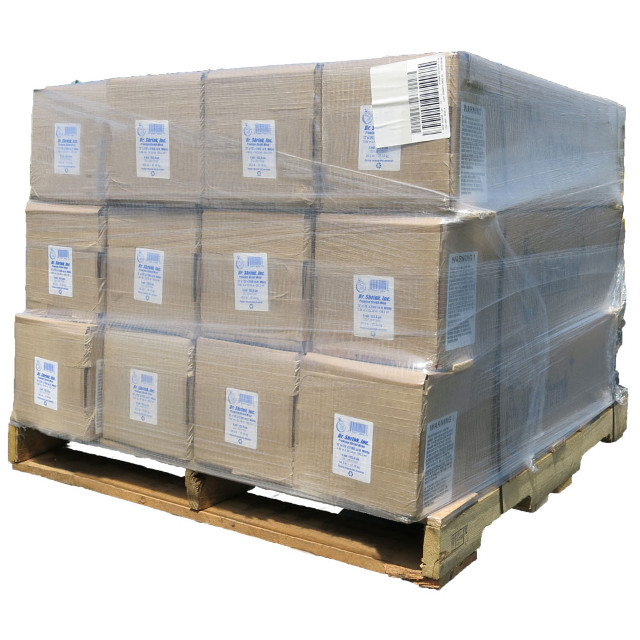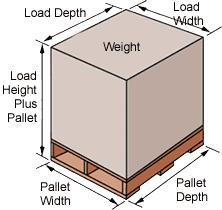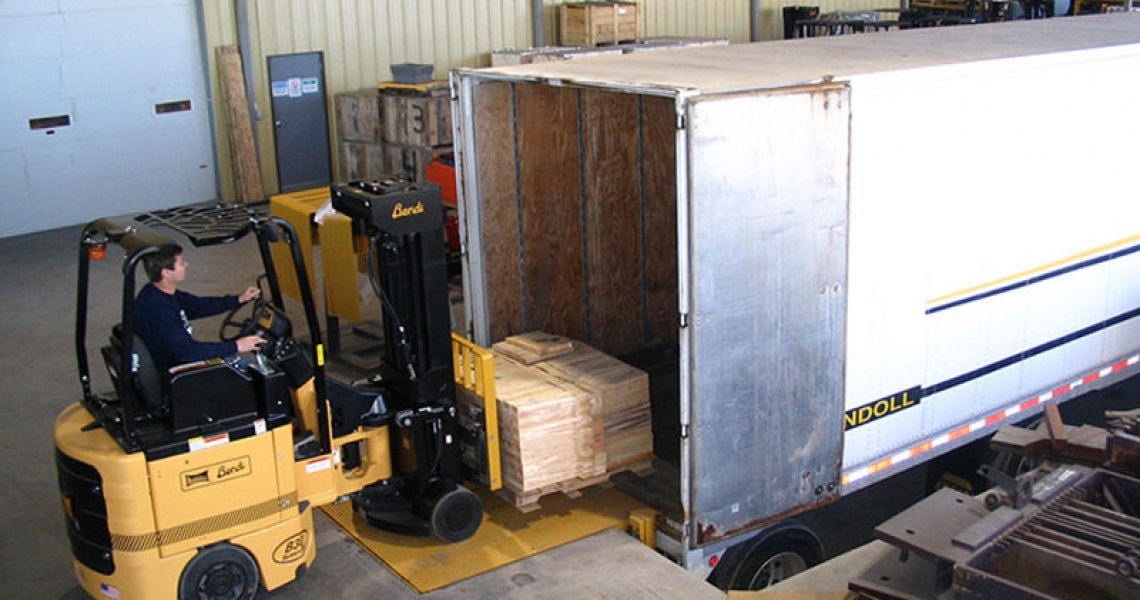If you are shipping LTL freight or thinking about it, it is vital to understand what shapes the rates you will receive from your shipper. Having a clear understanding of the key components that make up your rates, will ensure you are getting the best and most fair rates possible.
There are 5 basic points that will make up and establish your rates. Of course, LTL freight is one of the most flexible shipments available, so prices and rates will be, too. This is why LTL freight shipping is so highly favored.
Weight
 Weight is the basic starting point for an LTL freight rate quote. Keep in mind the weight will be measured after the pallet, crate, or any other material used during packaging. With LTL freight weight, you will pay per 100 pounds. But, what you may not know, is the more your shipment weighs, the better the price per 100 pounds you will pay. So, the higher the poundage, the lower the price. When quoting your shipment, it’s a good idea to ask your logistics provider what their price breaks are. This will allow you to decide whether to ship at your current weight class or wait just a little longer to get a slightly better rate.
Weight is the basic starting point for an LTL freight rate quote. Keep in mind the weight will be measured after the pallet, crate, or any other material used during packaging. With LTL freight weight, you will pay per 100 pounds. But, what you may not know, is the more your shipment weighs, the better the price per 100 pounds you will pay. So, the higher the poundage, the lower the price. When quoting your shipment, it’s a good idea to ask your logistics provider what their price breaks are. This will allow you to decide whether to ship at your current weight class or wait just a little longer to get a slightly better rate.
Your LTL Freight Classification
Your freight will have a classification that will be taken into consideration when deciding your shipments rates. The National Motor Freight Traffic Association (NMFTA) created a freight classification system for all different types of commodities in order to establish fair shipping rates for everyone. This system consists of 18 freight classes between 50 and 500. Shippers and logistics specialist still use the NMFC freight classification today to shape their rates.
LTL Freight Size or Density
 Your rates will be determined both by its weight, and the space it occupies. Therefore, a product that tends to be denser, but takes up less space, tends to also have a lower shipping rate. Density also falls into part of the freight classification. The density is determined by dividing the items weight (LBS) by the volume (Cubic feet). This number will be used in the later part of your classification (the number ranging from 50-500). The higher the density, the lower this number will be, 50 being the densest.
Your rates will be determined both by its weight, and the space it occupies. Therefore, a product that tends to be denser, but takes up less space, tends to also have a lower shipping rate. Density also falls into part of the freight classification. The density is determined by dividing the items weight (LBS) by the volume (Cubic feet). This number will be used in the later part of your classification (the number ranging from 50-500). The higher the density, the lower this number will be, 50 being the densest.
Distance Traveling
In general, the longer the distance your LTL Freight shipment will travel, the higher the rate. However, when sharing a trailer with another partner, you may have room for negotiating your rates. The availability of shipping lanes on your route will also help determine your rate.
LTL Freight Base Rates
Every LTL freight carrier will establish their own base rates which can make comparing tough. Many times, these base rates are flexible depending on trailer space, and how many of the above factors line up in your favor. It is so important for your carrier to provide you with fair rates, so don’t be afraid to ask questions.
There are many factors that all interlock together to form the rates you as a shipper will pay when shipping LTL Freight. The ones highlighted are a great starting point to help you understand what shapes your rates.
Contact us at American Manufacturing Solutions today to get pricing for your freight!






